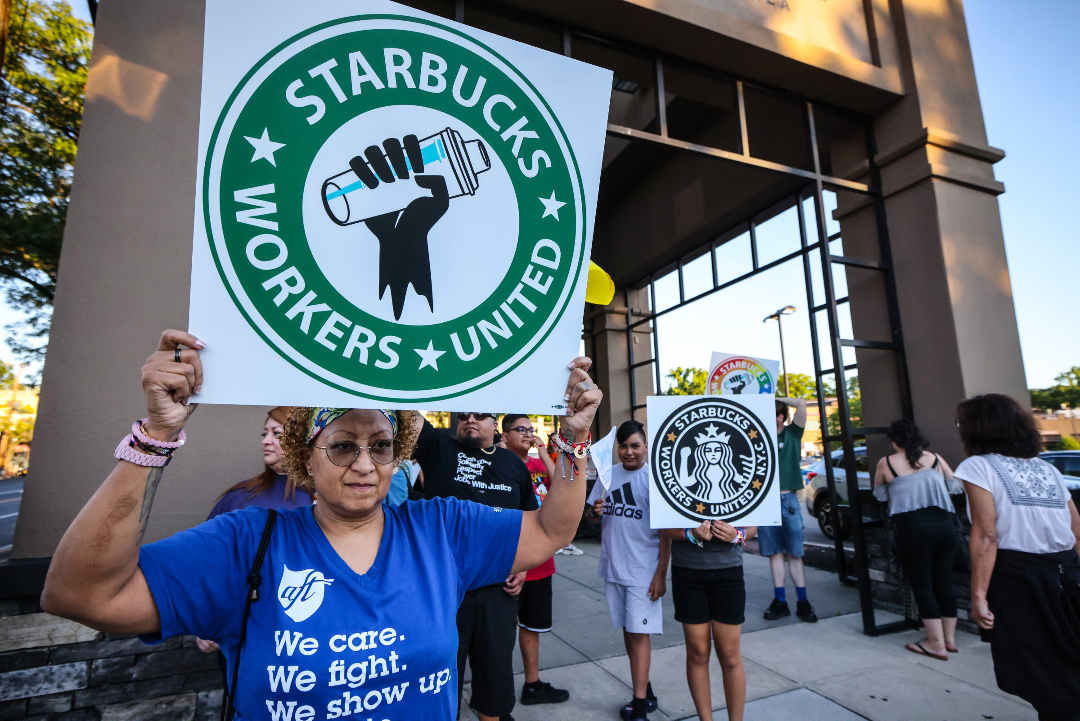Donald Trump is trying to shock and awe the workers’ movement (and everyone else) into submission. On the labor rights front, this took the form of a late Monday night firing of pro-union National Labor Relations Board (NLRB) officials, including General Counsel Jennifer Abruzzo and board member Gwynne Wilcox. The latter move is illegal, since Wilcox’s congressionally mandated term does not end until August 2028. And it leaves the five-person national board without a quorum and therefore unable to do its work nationally. (Local NLRB work, however, can still continue in the meantime, which means that workers should not yet throw in the towel on filing for board-sanctioned union elections — more on this below).
It’s unclear what Trump’s next steps will be. Perhaps he intends to leave a seat vacant in order to hobble the board for the next four years. But for employers, such an approach would have the downside of leaving all of the Biden board’s pro-union decisions on the books.
Perhaps the new administration just wants to temporarily deprive labor of a board majority until congressional Republicans confirm pro-business nominees. Some have speculated that firing Wilcox is an attempt to fast-track Elon Musk and Jeff Bezos’s push to get the Supreme Court to rule that the NLRB is unconstitutional. But this a highly risky move for employers, since it would simultaneously eliminate a slew of anti-union, anti-strike laws and create legal space for blue states to pass ambitious union rights legislation.
All we know for sure is that, contrary to some union leaders and pundits’ ill-founded hopes, Trump is not taking a more pro-union approach than prior Republican administrations. To the contrary, his moves so far suggest a desire to flout legal bounds on behalf of his billionaire buddies.
Trump is not taking a more pro-union approach than prior Republican administrations. Quite the contrary.
That said, falling into alarmism by…
Auteur: Eric Blanc

